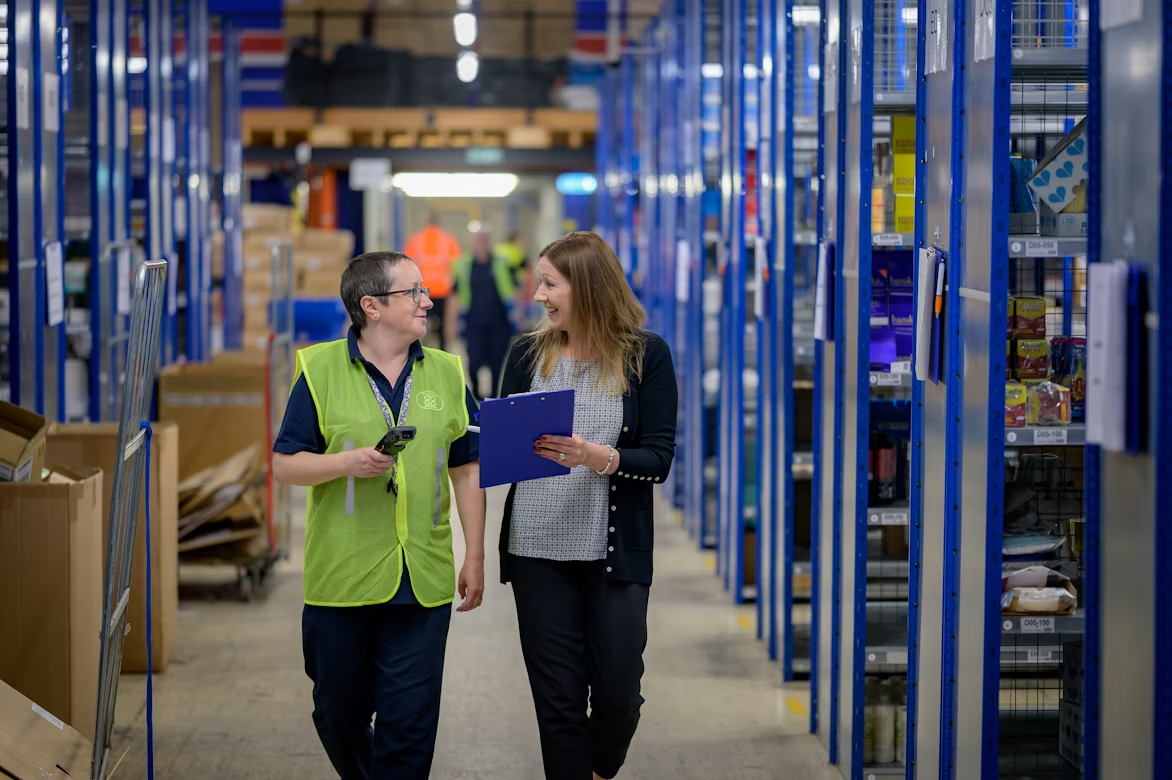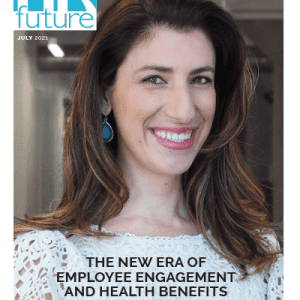Warehouses in Australia are more than storage hubs; they are dynamic workplaces where efficiency, safety, and human connection intersect. Human Resources plays a pivotal role in shaping the culture that governs these spaces, influencing everything from how employees dress to how they interact, learn, and grow.
Photo by Centre for Ageing Better on Unsplash
A strong HR presence ensures that warehouse culture is not only productive but also supportive and inclusive. By addressing the visible and invisible aspects of daily work, HR transforms warehouses from simple operational centers into thriving communities where respect, collaboration, and innovation drive long-term success.
Corporate Uniforms: Identity, Safety, And Belonging
Corporate uniforms are a tangible reflection of workplace culture, particularly in warehouses where visibility, safety, and cohesion are critical. HR teams oversee uniform policies to balance brand identity with employee comfort and safety requirements. A reliable source like WestPeak corporate uniforms provides options that allow companies to achieve a professional and unified appearance while catering to different roles and environments.
Uniforms strengthen culture in three ways. First, they create a sense of belonging—when every team member wears the same colors and logos, hierarchy fades, and teamwork comes to the forefront. Second, safety improves: standardized high-visibility vests, boots, and protective clothing reduce confusion and keep everyone compliant with regulations.
Third, inclusivity grows: HR ensures uniforms accommodate diverse body types, genders, and cultural needs, signaling respect for every employee. In this way, a uniform program becomes more than fabric; it becomes a cultural glue that reinforces identity, safety, and pride in the warehouse.
Recruitment And Onboarding: Setting The Cultural Tone
HR begins shaping culture before a worker ever enters the warehouse. Recruitment processes that emphasize cultural fit—alongside technical competence—ensure that new hires bring not only skills but also shared values. Candidates who resonate with company ethics, teamwork philosophies, and safety mindsets adapt faster and contribute to a positive environment.
Onboarding solidifies this. Instead of a rushed introduction, HR builds structured programs with clear communication, mentorship, and feedback loops. By setting realistic expectations, reinforcing values, and welcoming employees into the team, HR prevents the sense of isolation common in high-turnover industries.
A well-orchestrated onboarding process transforms day one into a cultural immersion, allowing workers to feel part of something bigger than a shift or a paycheck. This foundation sets the tone for long-term commitment and morale.
Safety And Well-Being: Culture As Protection
In warehouse environments, safety is culture in action. HR ensures that policies are not just written rules but lived practices that protect physical and mental health. When HR emphasizes injury prevention, mental well-being, and respectful interaction, employees understand that their value is not measured solely by output but by their overall welfare.
Pressure to meet unrealistic quotas has historically eroded safety in some warehouses. HR can counteract this by setting balanced performance metrics, encouraging rest breaks, and promoting ergonomic training. Safety officers, wellness programs, and transparent reporting channels reinforce the message that protection comes before productivity.
In parallel, HR initiatives that focus on mental health—such as stress management resources and access to counseling—address the invisible risks of warehouse work. A culture where employees feel safe, respected, and cared for is a culture that thrives.
Photo by Adrian Sulyok on Unsplash
Training And Development: Growth Beyond The Shift
Another cultural pillar shaped by HR is continuous learning. Warehouses are evolving rapidly with automation, digital tracking, and inventory systems. Without training, employees may feel left behind, undermining morale. HR bridges this gap by offering upskilling, multi-skilling, and leadership development pathways.
Providing training opportunities signals to employees that they are long-term investments, not disposable labor. Multi-skilling, for instance, allows a picker to also manage stock or operate machinery, creating flexibility for the company while giving employees a broader skill set.
Leadership workshops prepare experienced workers to transition into supervisory roles, reinforcing the cultural message that career growth is possible within the warehouse. This environment of development fuels motivation and loyalty, ensuring a workforce that is both capable and committed.
Recognition, Communication, And Inclusion
Culture is reinforced by how people are seen and heard. HR fosters recognition programs that celebrate milestones, achievements, and everyday contributions. From “Employee of the Month” boards to team-based incentives, recognition boosts morale and signals appreciation for hard work.
Equally important is open communication. HR creates channels—such as suggestion boxes, digital platforms, and regular team meetings—that empower employees to voice concerns and share ideas. When communication flows freely, trust strengthens, and misunderstandings decrease.
Inclusion completes this triad. Warehouses often employ diverse teams across cultural, linguistic, and generational lines. HR ensures inclusivity by celebrating cultural holidays, offering language support, and training managers in cultural sensitivity. A culture where recognition, communication, and inclusion are woven into daily operations builds a cohesive team where everyone feels respected and valued.
Work-Life Balance And Flexibility
The demanding schedules of warehouse work can strain personal lives. HR departments shape culture by humanizing rostering systems and recognizing the need for balance. Flexible scheduling—such as part-time shifts, rotating rosters, or split duties—helps workers manage family responsibilities, education, or personal commitments.
Respect for balance sends a powerful cultural message: employees are whole people with lives outside work. HR can also introduce wellness initiatives like gym memberships, ergonomic assessments, or employee assistance programs that extend support beyond the warehouse walls.
A company culture that respects personal life creates loyalty, reduces burnout, and fosters sustained productivity. By embedding flexibility and balance into HR strategies, warehouses evolve into supportive environments that prioritize people alongside performance.
Diversity And The Next Generation Workforce
Australian warehouses are becoming increasingly diverse, both culturally and generationally. HR plays a decisive role in harmonizing these dynamics. For younger employees—particularly Gen Z—HR integrates technology, flexible career paths, and meaningful engagement opportunities to align with expectations. For older workers, HR provides retraining and ergonomic adjustments to ensure longevity in the workforce.
Cultural diversity is equally significant. Warehouses employ individuals from varied ethnic and linguistic backgrounds, making inclusion strategies vital. HR ensures policies address communication differences, cultural respect, and anti-discrimination protections.
Celebrating diversity through training, cultural events, and inclusive policies strengthens workplace unity. In effect, HR evolves culture into a reflection of broader Australian values: fairness, respect, and multicultural harmony.
Photo by Remy Gieling on Unsplash
Wrapping Up
Australia’s warehouses depend on precision and productivity, but their true strength lies in people. HR departments act as cultural architects, weaving together uniforms, safety, training, recognition, flexibility, and inclusivity into a cohesive environment.
Guest writer
































